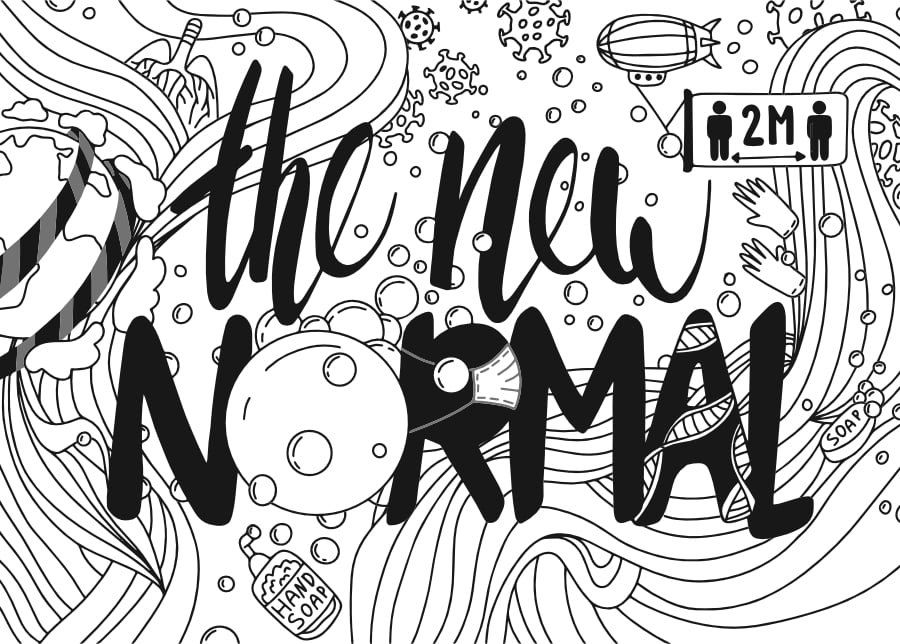B2B case studies are perhaps the most powerful piece of content that a company can publish in terms of influencing new sales. They hold weight with key decision-makers and put your successes on display.
But the actual act of putting together a case study can be quite difficult.
First, you need to take the needs of everyone on your team into account. Typically, it will be the marketing team that does the interviewing, writing, and creation of the case study. But there are multiple stakeholders throughout your organization and the client organization that provides the case study. Your sales team likely has an idea of what they are looking for from a case study, and need to be looped into the process for a successful outcome.
But getting your customers to agree to a case study can be difficult. In larger companies, they always need to pass the idea up the chain to get approval. In smaller companies, people are busy or may be reluctant to agree too much more than a basic testimonial.
Then, you need to find the right person to interview them. Preferably, someone that can tease out additional details that help to fill out the case study in an interesting way. That means you'll need someone that has experience interviewing people. The more gold they can tease out form the questions, the more effective your case study will be.
Once the case study is written, there is often an in-depth back and forth revision process that may include multiple stakeholders in both organizations.
Often, case studies can take a surprisingly long time to receive approval and be published. Sometimes months.
In this article, we'll cover 3 different tools that you can use to streamline the process of capturing B2B case studies and make it easier for all parties involved.
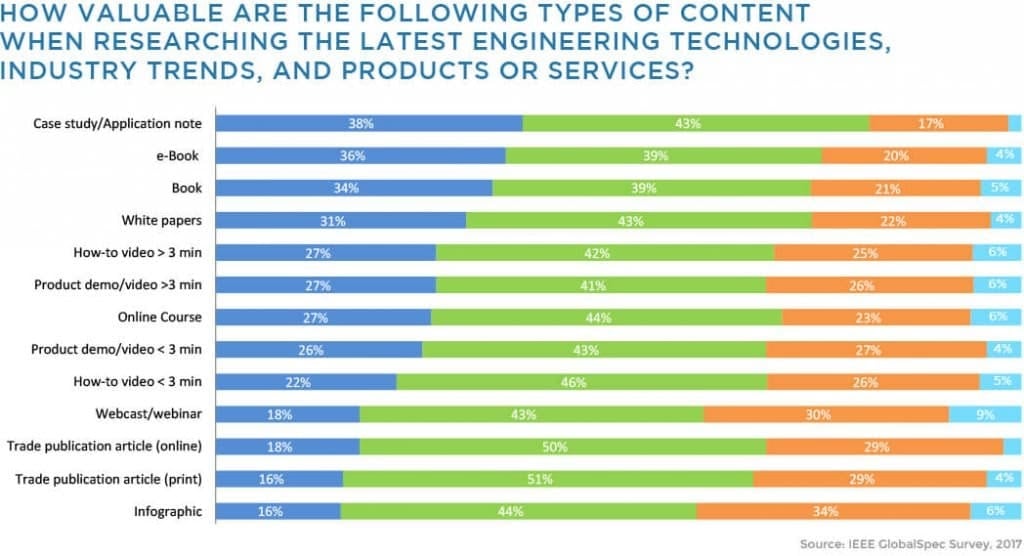
Source: SmartInsights
1. Google Docs
Google Docs is Google’s web version of Microsoft Word. To the untrained eye, they may actually look like the same program. Google publishes online tools that are similar to the entire Microsoft Office suite — including Word, Excel, and Powerpoint-like software.
But they offer a few features that make Google Docs a particularly solid option for putting together B2B case studies.
You can see when other people are in a document and what they are editing. If multiple people have editing permissions, you may see three or four cursors on the document making changes or leaving comments. This is ideal for dealing with a wide range of stakeholders, making revision requests easy.
Google Docs also offers easy sharing. In Google Docs, you can generate a link to be shared with anyone, who can then view the live document and even make changes. You can even choose permissions, allowing people with the link to either view, edit, or comment on the document. This is ideal for case study projects because there is often a lot of back and forth.
This also makes it easy for both organizations to share the document with all stakeholders, who can highlight areas that need to be changed for approval.
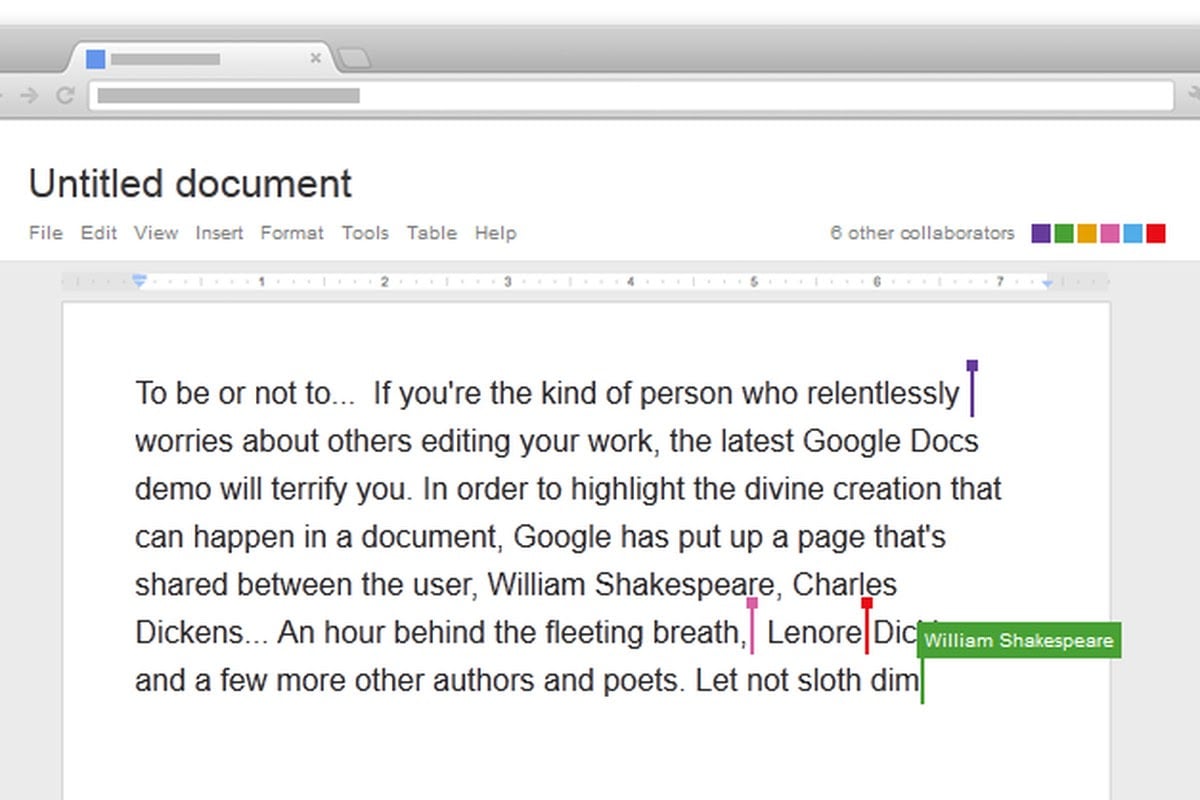
Source: The Verge
2. VideoPeel
VideoPeel is an all-in-one solution for capturing video customer feedback. Using VideoPeel, you can easily generate links that you can send to customers, allowing them to answer questions through video. Through a prompt-based system, they can answer the questions that you deliver to them one-by-one, giving you ample video for a full-blown case study or individual answers for testimonials.
This provides a simple and easy way to capture video testimonials and case studies. Better yet — the same questions can be delivered to multiple customer organizations, allowing you to re-use the same templates for multiple video case studies.
VideoPeel is a simple tool that solves the hardest problem of B2B case studies — making it easy for your customers to participate.
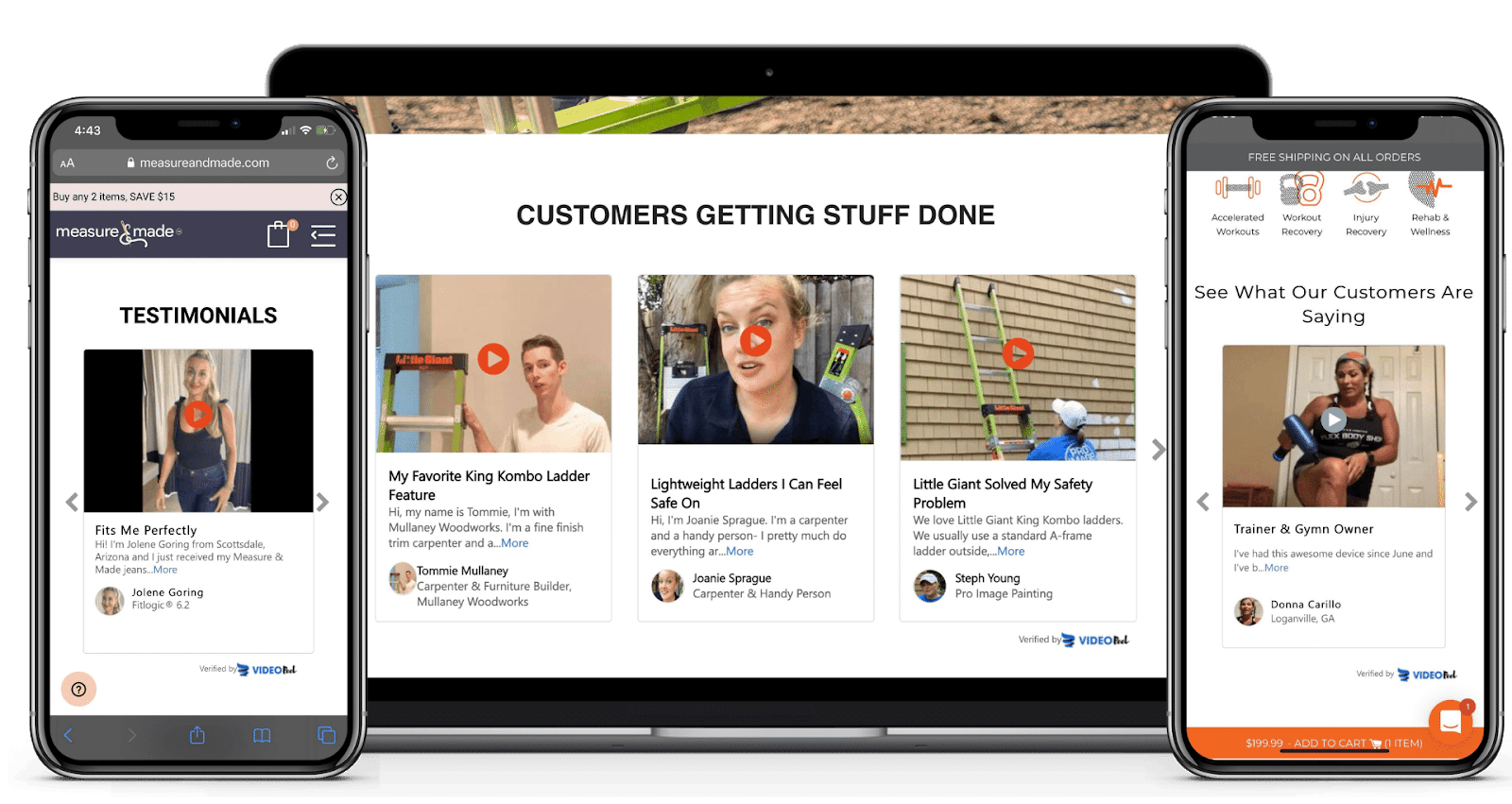
Source: VideoPeel
3. Zoom
Zoom has become the de facto video meeting software in the remote age. And there's a good reason for that, the software is easy-to-use, and makes it incredibly easy to invite people to video chats, have discussions, and capture the video of those discussions.
It's an invaluable tool when you are putting together B2B case studies. You’ll always want to record your interviews to go back and pull quotes or better understand an answer. Zoom is also commonly used among organizations so you can be certain there is at least some familiarity there.
Zoom does offer a free version but may require you to just subscribe in order to have meetings that last longer than 45 minutes. You can choose to have zoom record all meetings, which is probably a good idea when putting together a case study so that you have material that you can go back and reference.
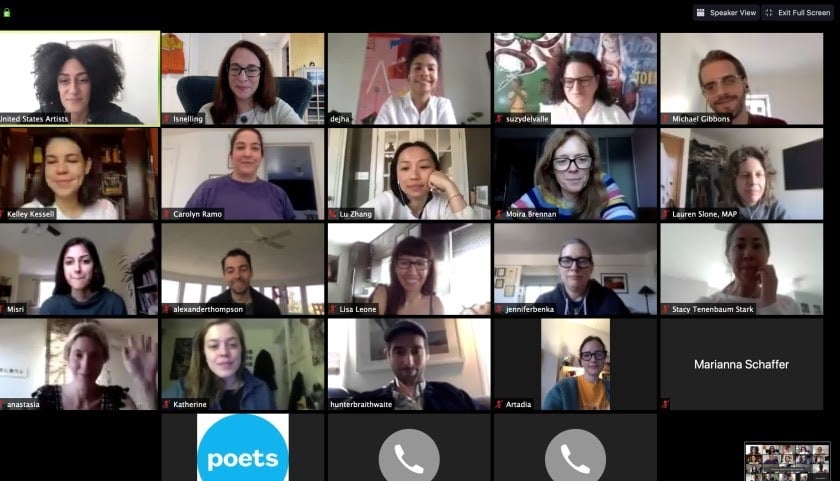
Source: LATimes
B2B Case Study Tools
These tools can help any company to improve and streamline the processes that they use to capture B2B case studies. They are perhaps the most powerful asset that any company has at their disposal, and being able to streamline those processes will allow your company to capture more case studies in more industries.
Are you interested in help putting together high-impact B2B case studies and other content for your company? Reach out today to schedule a meeting to discuss your organization's content marketing.













